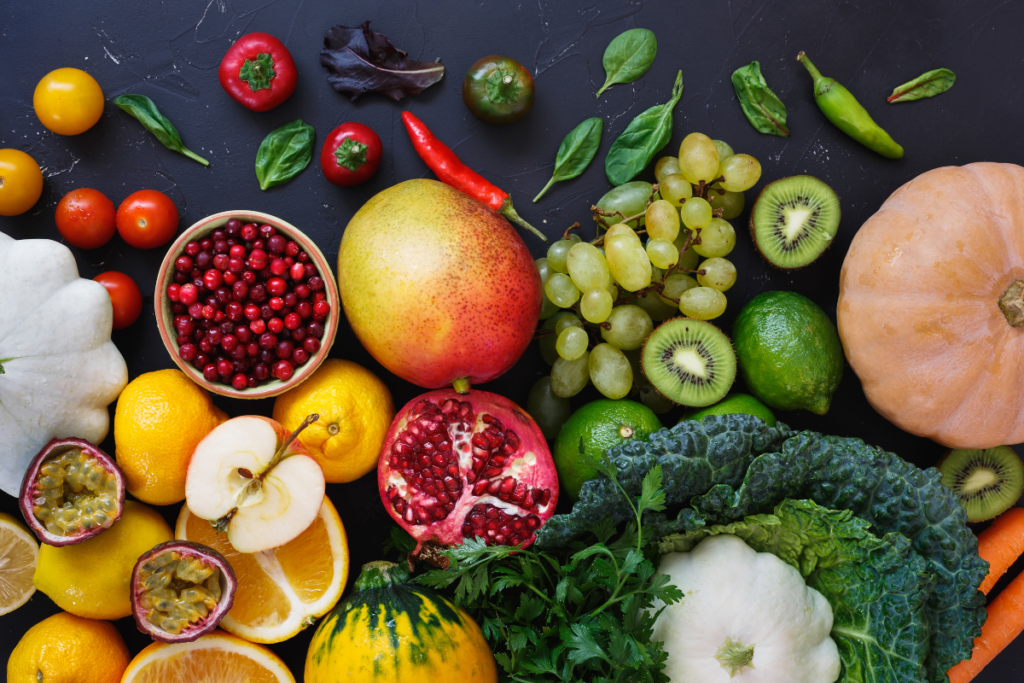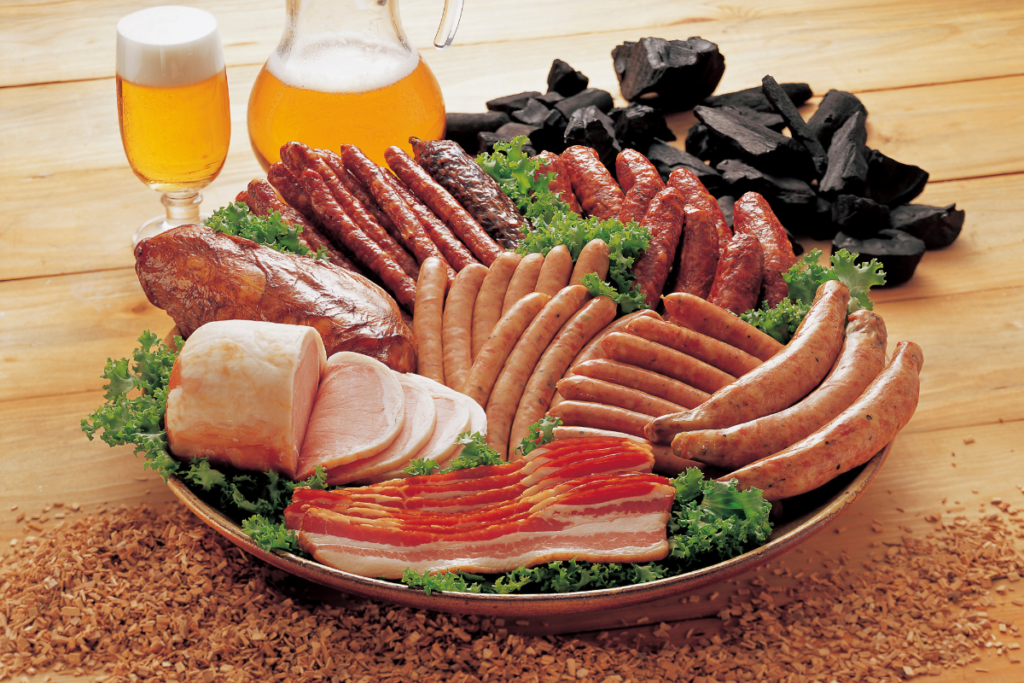When it comes to resolving chronic pain, external therapies are only part of the solution. Nutrition plays an equally pivotal role in The Hache Protocol™, acting as the foundation for reducing inflammation, supporting cellular repair, and promoting overall wellness. By addressing the body’s internal needs through targeted dietary changes, nutrition enhances the efficacy of other therapies, making it an indispensable component of sustainable pain management.

The Science of Nutrition in Pain Management
Reducing Inflammation at a Cellular Level
Chronic pain is often linked to inflammation, a natural response that, when unchecked, can cause tissue damage and exacerbate pain. Anti-inflammatory nutrients found in foods like leafy greens, fatty fish, and berries work to neutralize pro-inflammatory compounds, reducing swelling and discomfort.
Promoting Tissue Repair
Nutrients such as protein, vitamin C, and zinc are vital for cellular repair and regeneration. These elements support the healing of damaged tissues, muscles, and joints, accelerating recovery and improving mobility.
Enhancing Immune Function and Energy Production
A balanced diet bolsters the immune system, protecting the body from additional stressors that can aggravate pain. Additionally, nutrients like magnesium and B vitamins fuel energy production, providing the stamina needed for healing and daily activities.
Conversely, poor nutrition can hinder recovery by increasing inflammation and depriving cells of the tools they need to heal. Research has consistently shown the connection between diet and chronic pain symptoms, emphasizing the importance of a nutrient-rich approach to pain management.
For more on the science behind this, explore Holistic Approaches to Chronic Pain Relief.

Key Nutritional Components in The Hache Protocol™
The Hache Protocol™ incorporates specific nutritional strategies to target pain at its source, focusing on foods and nutrients that promote healing and reduce inflammation.
Anti-Inflammatory Foods
These powerhouse foods help calm the body’s inflammatory responses:
- Fruits and Vegetables: Especially dark leafy greens, berries, and cruciferous vegetables.
- Healthy Fats: Found in avocados, nuts, seeds, and olive oil.
- Whole Grains: Such as quinoa, brown rice, and oats.
Essential Nutrients for Pain Relief
Certain vitamins and minerals are key to reducing pain and supporting healing:
- Magnesium: Relieves muscle tension and cramps.
- Omega-3 Fatty Acids: Found in salmon, flaxseeds, and walnuts, these combat inflammation.
- Antioxidants: Vitamin C, E, and selenium protect cells from oxidative stress.
Protein for Repair
Adequate protein intake is crucial for healing tissues and reducing muscle soreness. Lean meats, legumes, eggs, and tofu provide amino acids necessary for repair and regeneration.
For ideas on incorporating these foods into meals, check out Building an Anti-Inflammatory Diet.

Foods to Avoid for Pain Resolution
Just as certain foods can heal, others can harm by exacerbating inflammation and hindering recovery.
Refined Sugars and Processed Foods
These disrupt the body’s balance, triggering inflammatory pathways and contributing to energy crashes.
Trans Fats and Fried Foods
Often found in fast food and packaged snacks, trans fats interfere with cellular health and prolong inflammation.
Excessive Alcohol and Caffeine
While moderate consumption may be harmless, excessive intake can dehydrate the body and impair nutrient absorption, reducing the effectiveness of a healing-focused diet.

Practical Steps to Incorporate Nutrition in The Hache Protocol™
Implementing nutrition into The Hache Protocol™ doesn’t have to be complicated. Here are simple yet impactful ways to make it a central part of pain management:
Tailored Dietary Plans
Create personalized nutrition plans that align with each patient’s specific needs and health goals. Consider factors like food preferences, allergies, and chronic conditions.
Introducing Superfoods
Encourage patients to incorporate nutrient-dense options such as turmeric, chia seeds, and leafy greens into their daily meals.
Educating Patients
Help clients understand the profound connection between diet and pain management. Simple resources, like meal plans or workshops, can empower them to make informed choices.
Benefits of Integrating Nutrition in The Hache Protocol™
Integrating nutrition into The Hache Protocol™ offers a wealth of benefits that go beyond pain resolution:
Enhanced Healing
A nutrient-rich diet accelerates tissue repair and supports the body’s recovery mechanisms.
Sustained Pain Relief
Anti-inflammatory foods help prevent flare-ups, reducing the frequency and intensity of chronic pain symptoms.
Improved Overall Wellness
Good nutrition positively impacts mental health, energy levels, and overall resilience, enabling patients to lead more vibrant lives.
Conclusion
Nutrition is more than a supporting player in pain management—it’s a cornerstone of The Hache Protocol™, enabling patients to achieve long-lasting relief and improved quality of life. By focusing on anti-inflammatory foods, essential nutrients, and targeted dietary strategies, holistic practitioners can unlock the full potential of this powerful therapy.
If you’re ready to transform your pain management approach, start by making nutrition an integral part of your journey to wellness.

